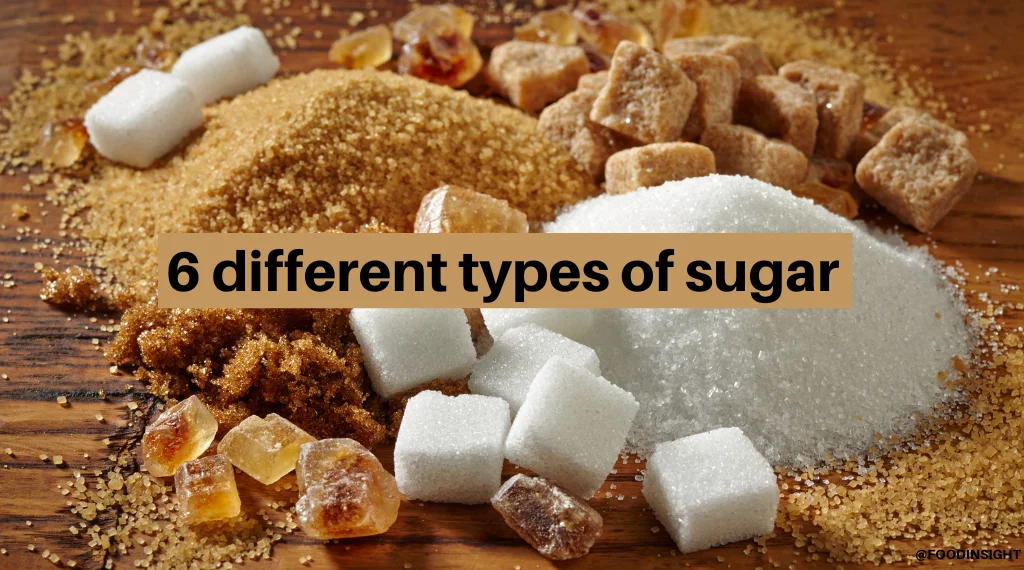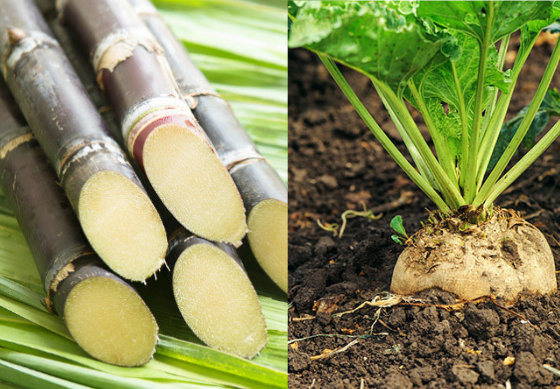In discussions of beet sugar vs cane sugar, the origin of the sugar plays a key role in its characteristics.
In discussions of beet sugar vs cane sugar, the origin of the sugar plays a key role in its characteristics.
Blog Article
Discover the Uses and Conveniences of Beet Sugar Vs Cane Sugar in Your Daily Diet Plan
Discovering the distinctive high qualities of beet and cane sugar reveals even more than just their sweetening capabilities; it highlights their unique effects on health and cookeries. Beet sugar, understood for its subtle taste, is typically preferred in delicate desserts, whereas cane sugar, with its hint of molasses, includes richness to robust meals. Each type holds its own dietary profile and glycemic implications, welcoming a deeper understanding of their functions in a well balanced diet regimen and lasting consumption practices.
Origin and Production Processes of Beet and Cane Sugar

The distinct environments and dirt kinds required for growing sugar beetroots and sugarcane add to distinctions in their farming techniques and geographic distribution, influencing the economics and sustainability of their production. beet sugar vs cane sugar.
Nutritional Contrast Between Beet Sugar and Cane Sugar
Regardless of stemming from various plants, beet sugar and cane sugar are nutritionally really comparable, both mostly including sucrose. Each gives about 4 calories per gram, equating to roughly 16 calories per tsp. Structurally, both sugars are made up of about 99.95% sucrose, with minimal quantities of other substances like wetness and trace element, which do not significantly alter their dietary profiles.

Ultimately, when picking between beet sugar and cane sugar based upon dietary material alone, both offer similar benefits and downsides as they are essentially types of the exact same particle-- sucrose, providing fast power without various other nutrients.
Influence on Wellness: Glycemic Index and Caloric Material
Exploring even more into the effects of beet sugar and cane sugar on health, it is essential to consider their glycemic index and calorie content. The glycemic index (GI) of both beet and cane sugar is around 65, categorizing them as high-GI foods, which can create fast spikes in blood sugar degrees.
Each sort of sugar has about 4 calories per gram, making their calorie content matching. For those keeping track of calorie consumption, especially when taking care of weight or metabolic health problems, comprehending this equivalence is crucial (beet sugar vs cane sugar). Extreme usage of any kind of high-calorie, high-GI food can contribute to health problems such as obesity, heart illness, and insulin resistance.
Environmental and Economic Considerations of Sugar Manufacturing
Beyond health and wellness influences, the manufacturing of beet and cane sugar also elevates considerable ecological and financial concerns. Sugar beet farming tends to require cooler climates and has a lower geographical impact article source contrasted to sugar cane, which prospers in tropical areas. Both plants are intensive in terms of water usage and land line of work, potentially leading to logging and water deficiency. Economically, the international sugar market is highly volatile, affected by modifications in worldwide trade plans and subsidies. Several nations incentivize sugar production via financial backing, skewing market value and impacting small farmers negatively.
In Source addition, using pesticides and fertilizers in both beet and cane sugar cultivation can cause dirt degradation and contamination, more influencing biodiversity and neighborhood water bodies (beet sugar vs cane sugar). The selection between growing sugar beet or cane typically rests on local ecological problems and economic factors, making the sustainability of sugar manufacturing an intricate problem
Culinary Applications and Taste Differences
While the ecological and economic facets of sugar production are without a doubt significant, the option between beet and cane sugar also affects culinary applications and taste profiles. Beet sugar, obtained from the sugar beet plant, is understood for its extremely neutral preference. This makes it a flexible ingredient in cooking, where it does not alter the flavor of other components. It dissolves rapidly and click here to find out more is perfect for usage in cakes, cookies, and breads.
Walking stick sugar, drawn out from sugarcane, often retains molasses traces, which impart a distinctive richness and depth. This slight molasses taste improves the intricacy of baked items, sauces, and marinates. It is especially preferred in things where a sugar touch is wanted, such as in brownies or gingerbread. The mild variation in moisture material in between beet and cane sugar can impact the texture and uniformity of dishes, making cane sugar a preferred option for certain recipes that profit from its distinct buildings.

Verdict
In conclusion, both beet and cane sugar have distinct beginnings and production processes, supplying similar nutritional accounts with mild differences in salt content and taste. While their influence on health and wellness, especially relating to glycemic index and calories, is comparable, the option between them commonly boils down to ecological, economic elements, and details culinary demands. Understanding these facets can lead consumers in making educated choices that align with their wellness objectives and taste preferences.
Report this page